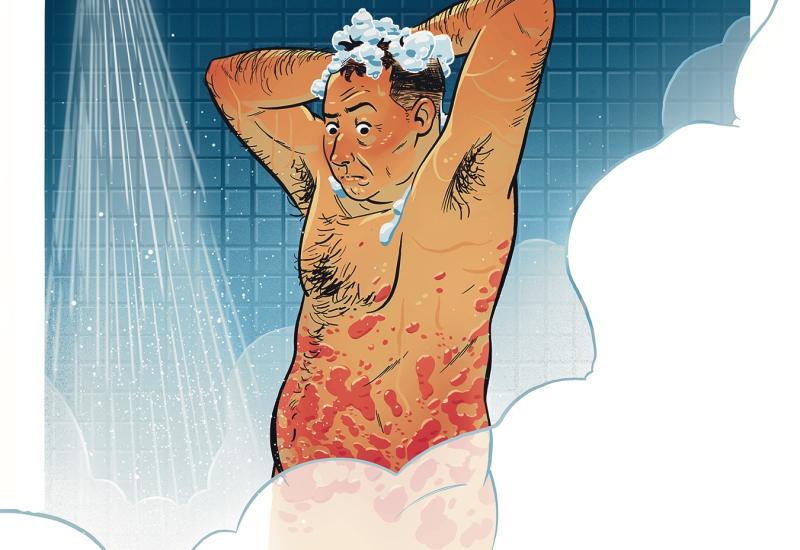Four Top Scuba Diving Spots that Require a Drysuit

Brandon ColeDrysuit scuba diver in New Zealand
A drysuit is required gear to comfortably dive the Poor Knights in New Zealand.
These four top dive locales all require a drysuit to dive comfortably:
1. Northern Arch
Poor Knights Islands, New Zealand
» REASON TO DIVE DRY: Water temps range from 57°F to 75°F, depending on the season.
» WHAT YOU’LL SEE: Giant-stride into thick swarms of photogenic blue maomao.
Related Reading: The Risks of Task Overloading While Diving
2. Kronprinz Wilhelm
Scapa Flow, Scotland
» REASON TO DIVE DRY: Water temps range from 39°F to 57°F from April to September.
» WHAT YOU’LL SEE: This 480-foot German battleship was part of a massive “ship suicide” at the end of World War I — German commander Adm. Ludwig von Reuter ordered the scuttling of the High Seas Fleet because he feared it would be seized by the Allied powers.
3. Point Lobos State Reserve
Carmel, California
» REASON TO DIVE DRY: Water temps range from 50°F to 65°F, depending on the season.
» WHAT YOU’LL SEE: Shore diving in the reserve offers shallow reefs, deep kelp beds, walls, pinnacles, caves and coves.
4. Nakwakto Rapids
British Columbia
» REASON TO DIVE DRY: Temps in the 40s persist at depths below 30 feet, even in summer.
» WHAT YOU’LL SEE: Be prepared for a 16- knot current, but what a payoff — a colorful array of crustaceans and anemones.
Related Reading: An Ode to Shallow Diving
Why Dive Dry?
By Terry Ward
In tropical destinations, a thin layer of neoprene is usually sufficient in water that can feel as balmy as a warm bath. But the more you dive, the more you’ll likely want to explore colder marine environments too. And getting your PADI Dry Suit Diver certification is the first step toward diving longer and more comfortably in cold water.
“The biggest reason [to get your PADI Dry Suit Diver certification] is that you’re going to a place where a drysuit is necessary to do a longer dive in cold conditions,” says Sami Solla, manager of Mirage Divers, a PADI Five Star Resort in Dahab, Egypt, where many locals dive dry year-round despite the relatively warm waters.
Drysuits seal you off from any outside water, and a layer of air inside the suit and warm undergarments keep you warm. As you might expect, the feeling is quite different from diving in a wetsuit.
“When people try [drysuit diving] for the first time, it feels like you’re diving inside a bubble. You don’t get the same feeling of contact with the water as you get in a wetsuit,” says Solla.
During a PADI Dry Suit Diver course, you’ll learn about the different kinds of drysuits available, including neoprene and trilaminate, and your instructor can help you decide which undergarments will work best for you.
The course includes confined water work and two open-water dives where you’ll learn to manage the air in your drysuit to control your buoyancy (instead of using your BC as you do with a wetsuit). Other important tactics include properly managing a feet-first ascent (a risk in drysuit diving because air tends to migrate to your feet) and learning how to put on and take off your drysuit properly.










